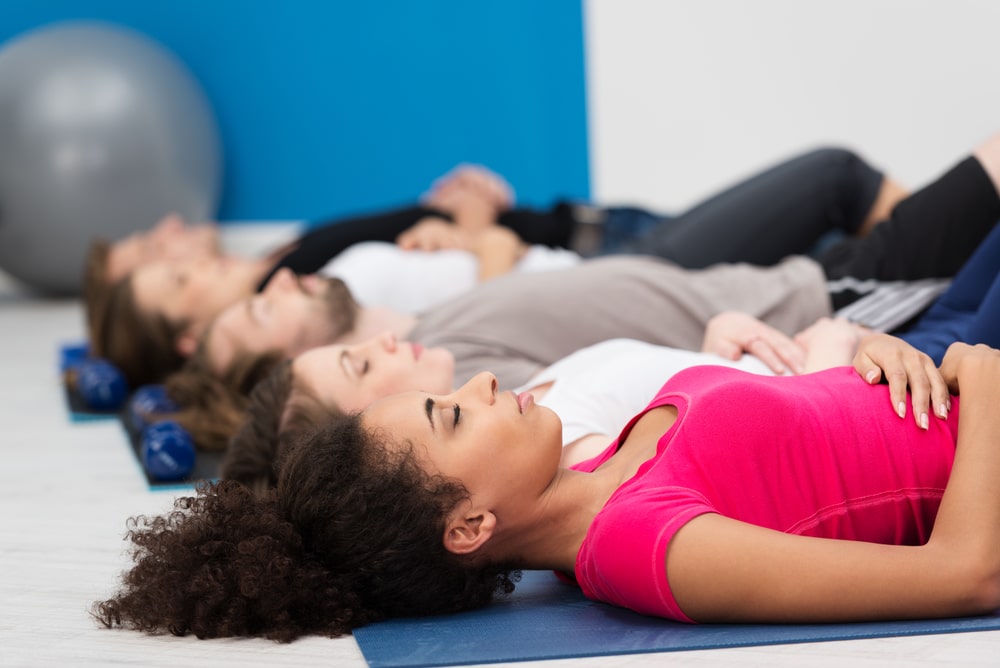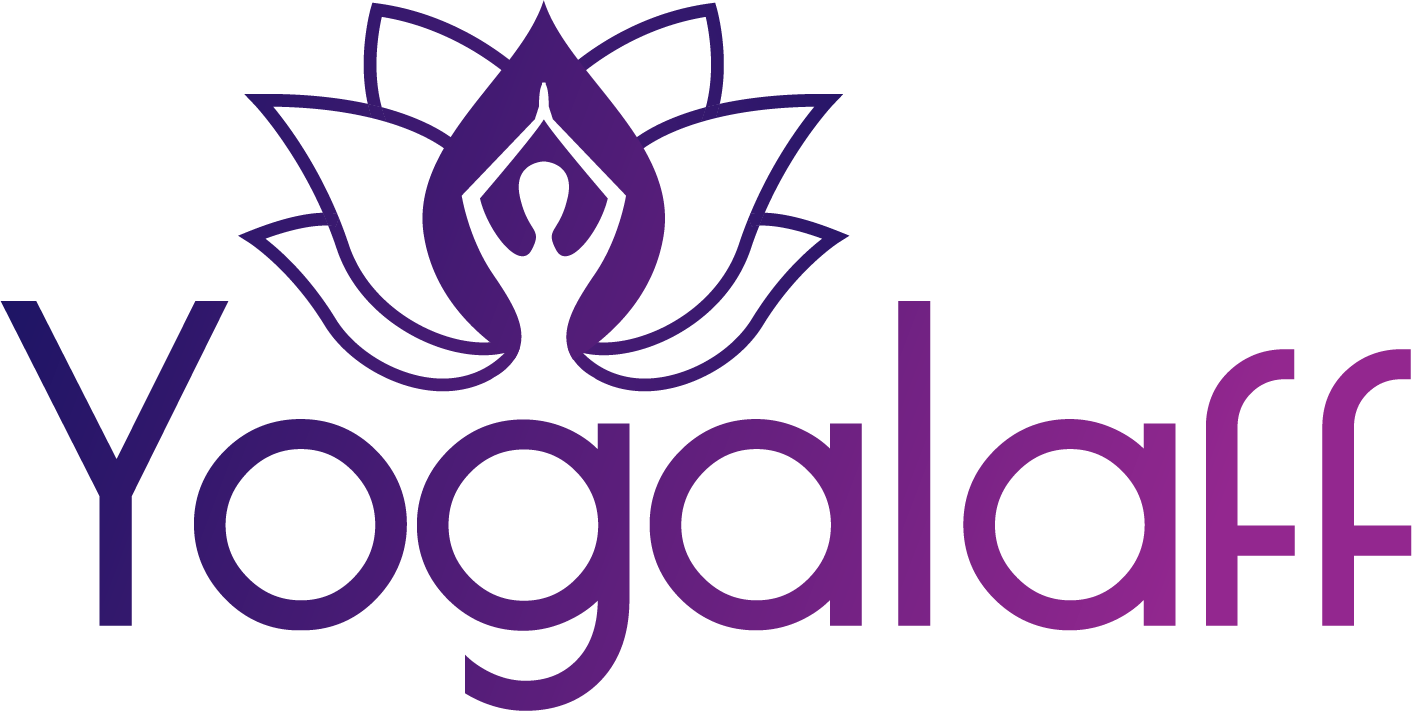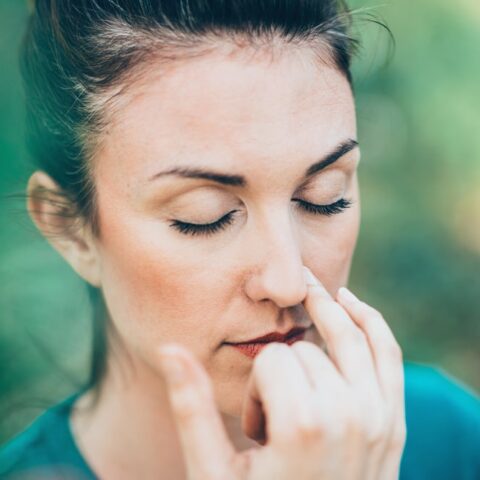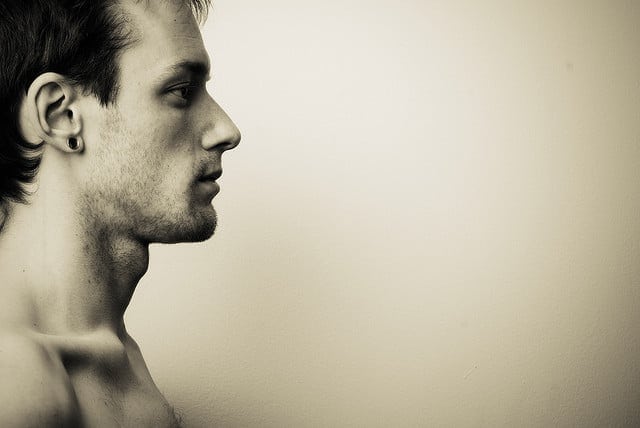The lure of the quick-fix never really disappears.
We know that get-quick-rich schemes or weight-loss miracles don’t really deliver.
Although, we’re drawn to the quick-fix (perhaps only slightly) nonetheless.
It does leave the interesting question, however, as to whether or not there really are some effortless paths to great results – like breathing exercises.
I believe that mind and body techniques, like acupuncture, meditation, relaxation techniques, and yoga, almost qualify. Some, like meditation, require a little more understanding.
Others, like breathing exercises, can be integrated into your life almost instantly, whether it’s to deal with day-to-day problems like stress or as part of a five or ten minutes of formal practice.
It’s about having a set of natural tools and techniques that we can use to improve our well-being, without any change to our lifestyle or beliefs.
It’s easy to pass breathing exercises off as ineffective. At best they’re seen as secondary additions to more effective methods. Yet there are many benefits of conscious breathing.
Properly understood and practiced, breathing exercises can act as a genuinely effective means of reducing stress and improving health. In this article, I want to outline some foundational practices alongside the benefits of doing breathing exercises.
Bad Breathing
 We should, ideally, breathe so that our belly expands. Bad breathing is often a result of the tension that we carry about in our abdomen.
We should, ideally, breathe so that our belly expands. Bad breathing is often a result of the tension that we carry about in our abdomen.
Our nervous system, with its typical fight-or-flight response, is dealing with modern threatening situations – criticism, reprisals, social embarrassment – as it would a real threat in the jungle: by tensing up!
Eventually, holding onto this tension becomes habitual.
You can observe the natural flexibility of the muscles in your stomach and chest by taking a breath, holding it, and gently pushing the air into your abdomen so that it bulges.
Next, move the air into your chest by contracting your abdominal muscles. Try alternating a few times, up and down.
If you lie down flat on the floor, you can safely recreate a fight-or-flight response by gently lifting your head forward off the floor.
Your abdominal muscles will contract as they do when you are in a situation that is perceived to be dangerous. You cannot breathe into your belly in this position.
1. Diaphragm Breathing
Diaphragm or belly breathing is well-known and widely recommended. It supposedly mirrors the natural process of human respiration.
If you watch a baby’s breathing, you’ll see that their belly expands whilst their chest only moves slightly.
Diaphragmatic Breathing Instructions
- If you are trying diaphragm breathing for the first time you might find it easier lying on your back.
- Place one hand on your abdomen (around the navel area) and the other near the middle of your chest (around the sternum).
- Breathe into your abdomen, which should be loose and relaxed, so that your chest only moves a little. The majority of the movement should be in your abdomen.
- On the next diaphragmatic breath, place your hands on the sides of your abdomen, where your rib cage meets your waist. Notice how your deep breath expands your belly out to the sides as well as forward.
- Remember, everything should be done softly.
2. Coherent Breathing (Sama Vritti)
“Coherent breathing,” a technique developed by Stephen Elliott, author of “The New Science of Breath”, bears many similarities to the yogic exercise “equal breathing” or “Sama Vritti.”
It involves consciously making the in and out-breath the same length, usually at a count of four or five seconds. Dr. Patricia Gerbarg and Dr. Richard Brown have helped popularize the technique in their Breath Body Mind Workshops.
In yoga, it is traditionally seen as a calming, stabilizing breath. This view has recently been scientifically substantiated. “Heart rate variability” (HRV) is a measure of the variation in time between heartbeats. A higher HRV indicates, amongst other things, greater activity of the parasympathetic nervous system, which is responsible for recuperation and relaxation. Because of that, this technique provides an excellent way of managing stress and anxiety.
A count of five is optimal for most people. Be as mindful as you an of the pauses between each breath. You can begin at four and build up or dive straight in at five. If you find yourself breathless, start at a smaller number. Try to do it for five minutes.
Breathing in count one, two, three, four
Breathing out count one, two, three, four.Breathing in count one, two, three, four, five.
Breathing out count one, two, three, four, five.
Just using these techniques alone will confer noticeable benefits. Stay tuned for next week’s follow-up article that includes some more advanced exercises.
“He who controls the breath controls life.” Buddhadasa
“Counting” or “Sama Vritti” has to be one of the simplest breath-based exercises. It’s also one of the most practical. You can use it to ease anxiety and stress, heighten your mood and improve your alertness. You can also incorporate it into your daily sitting practice where it’s useful if you’re struggling to focus.
Long breathing is common to most spiritual traditions. In Buddhism, the fourth of the sixteen stages of realization outlined in the Anapanasati Sutta specifically involves relaxing the body by extending the breath. Pranayama, which literally means lengthening of life force, is one of the eight limbs (areas of discipline) of yoga.
If you only learn one mind-body exercise for coping with the turbulence of day-to-day life, make it this one.
The Practice: Sama Vritti
This deep breathing exercise involves lengthening each breath by counting to a number through its duration. You may find it helpful to repeat each sequence several times before moving onto the next one. Alternatively, you might find that you’re able to begin counting to five immediately.
The numbers should be said silently to yourself. I remember a teacher using the analogy of a pebble dropping softly into a pond.
Breathing in, count two, three.
Breathing out, count two, three.Breathing in, two, three, four.
Breathing out, two, three, four.Breathing in, two, three, four, five.
Breathing out, two, three, four, five.
Try to be aware of how each inhalation and exhalation affects your body. There are many subtle characteristics of each breath. Length is perhaps the most prominent, but can you also notice the smoothness or bumpiness, the depth or shallowness. Each of these qualities, when they are present, will have a different emotional and physical effect.
Through gaining an intuitive understanding of the inter-relatedness of your breathing pattern and your bodily state at any given moment, you will arm yourself with a potent tool.
You can combine this counting exercise with the cultivation of mindfulness in your working day. Whenever you notice negative emotions arising, try lengthening your breath to a count of four or five for a few minutes.
Breathing Exercises: A Drop of Science
Breathing exercises work because they indirectly stimulate the parasympathetic nervous system, the calming part of your autonomic nervous system which is responsible for regulating automatic bodily functions. The activity of this system (also called the “rest and digest” system) is indicated by what’s called heart rate variability (HRV), a measure of the variation in the time between each heartbeat.
In a nutshell, your brain is constantly receiving sensory feedback. It interprets this information, of which breathing pace is one input, and responds appropriately through either the sympathetic or parasympathetic nervous system. By relaxing our breathing pace we trigger parasympathetic nervous system activity and the entailing positive emotional responses.
Deep breathing of this sort has been shown to increase HRV. People who suffer from anxiety, depression and low concentration tend to have lower HRV measurements. (1)
References
1. The Healing Power of the Breath by Dr. Patricia Gerbarg and Dr. Richard Brown
2. Conscious Breathing by Dr. Gay Hendricks


